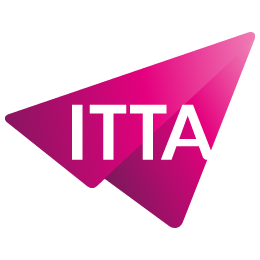Home > Trainings > Office Automation > Office Automation Certifications > ICDL BASE – Computer Essentials – BM1
Computers and Devices
Module 1: ICT
Module 2: Hardware
Module 3: Software and Licensing
Module 4: Start Up, Shut Down
Desktop, Icons, Settings
Module 1: Desktop and Icons
Module 2: Using Windows
Module 3: Tools and Settings
Outputs
Module 1: Working with Text
Module 2: Printing
File Management
Module 1: Introducing Files and Folders
Module 2: Organising Files and Folders
Module 3: Storage and Compression
Networks
Module 1: Network Concepts
Module 2: Network Access
Security and Well-Being
Module 1: Protecting Data and Devices
Module 2: Malware
Module 3: Health and Green IT

Nous utilisons des cookies afin de vous garantir une expérience de navigation fluide, agréable et entièrement sécurisée sur notre site. Ces cookies nous permettent d’analyser et d’améliorer nos services en continu, afin de mieux répondre à vos attentes.
Monday to Friday
8:30 AM to 6:00 PM
Tel. 058 307 73 00
ITTA
Route des jeunes 35
1227 Carouge, Suisse
Monday to Friday, from 8:30 am to 06:00 pm.